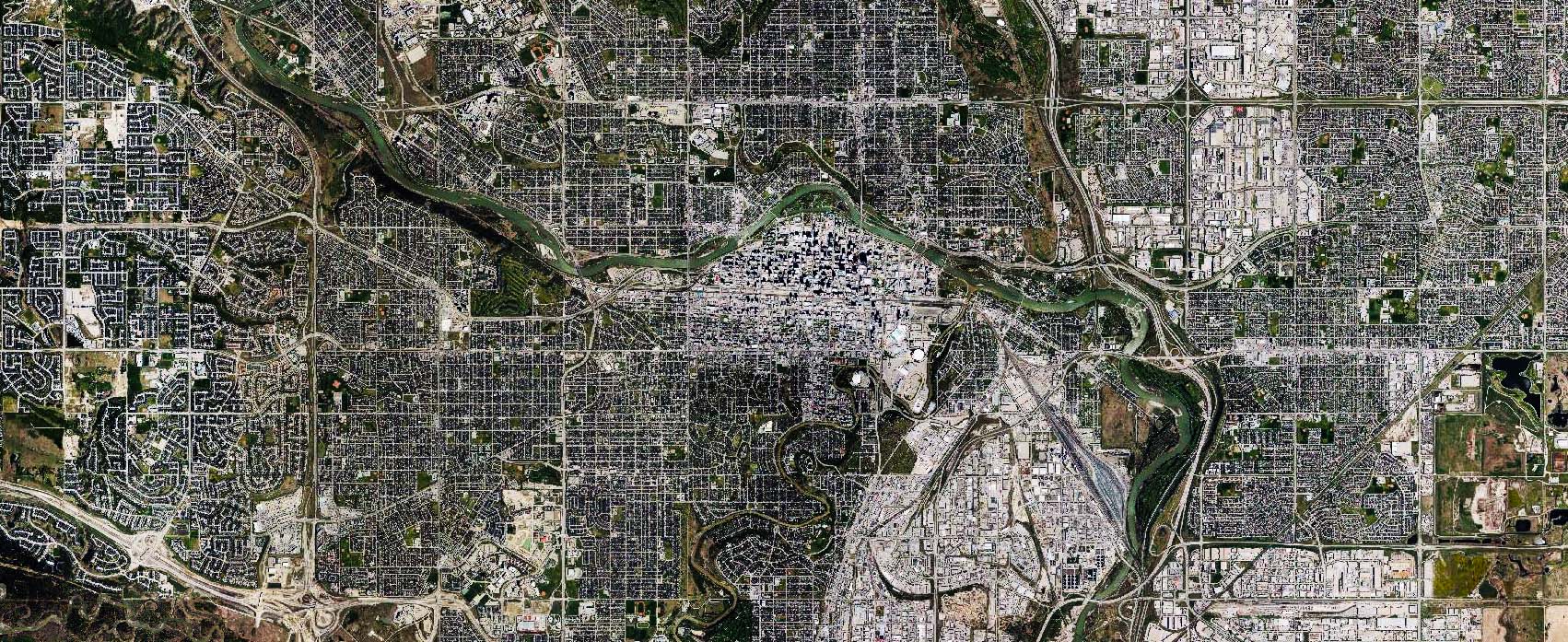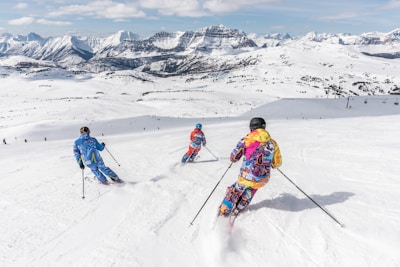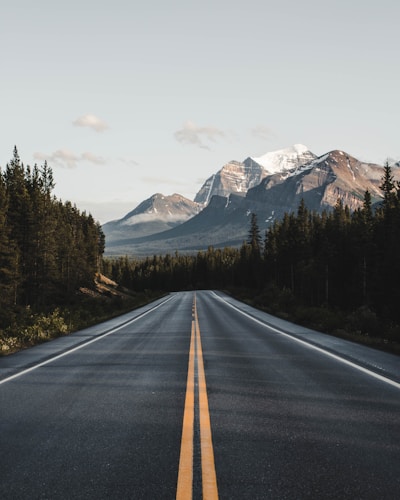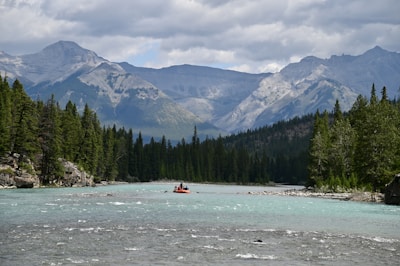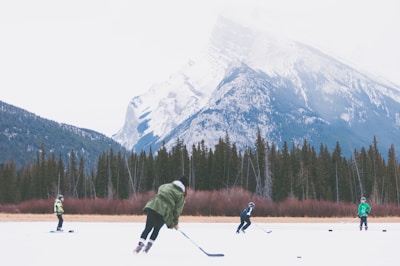Though the oil industry is in a constant state of change, Canada's energy capital builds for its future. In this city of entrepreneurs, the challenge has always been to make things even by diversifying away from fossil fuels and building a resilient city. New projects, such as the newly opened Central Library in the emerging East Village Cultural Centre, reinforce, despite current battles, the long-lauded quality of life of the city.
Calgary is the largest city in the province of Alberta, Canada. It is located in the south of the province, in a region of foothills and high plains, approximately 80 kilometres (50 mi) east of the front ranges of the Canadian Rockies. Calgary is the third largest civic municipality, by population, in Canada. The metropolitan population (CMA) was 1,637,300 in 2021 (est.), making Greater Calgary the third largest Census Metropolitan Area in Canada; And the 20th in North America.
Located 300 kilometres (185 mi) due south of Edmonton, statisticians define the narrow populated region between these cities as the "Calgary-Edmonton Corridor". It is the largest Canadian metropolitan area between Toronto and Vancouver.
